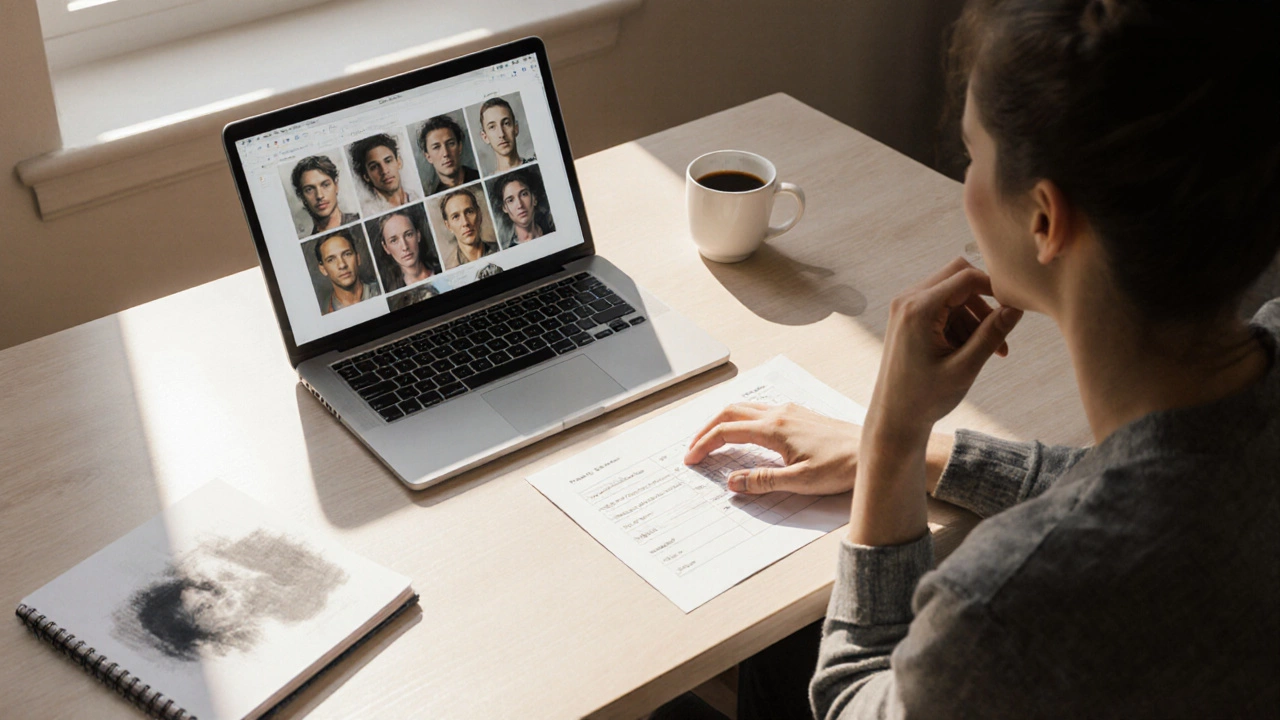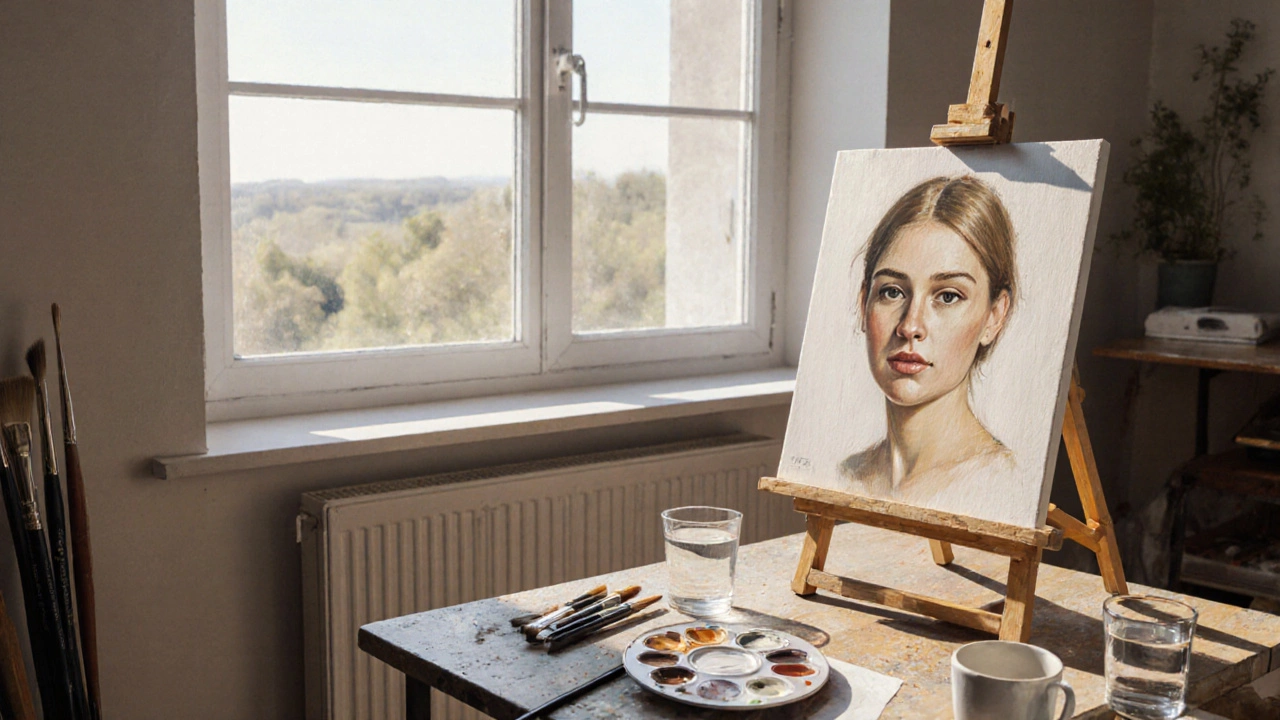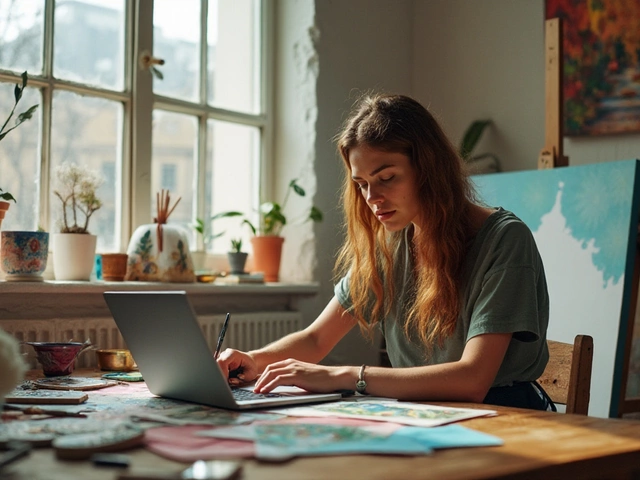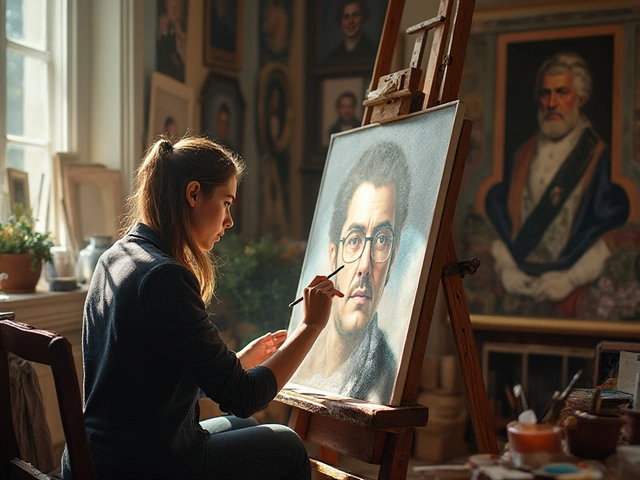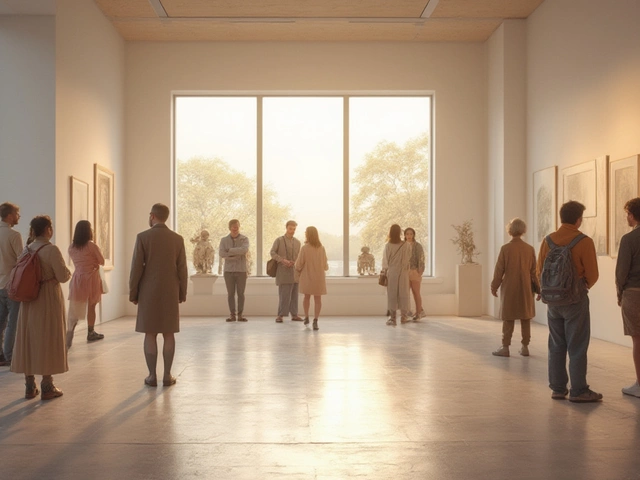Portrait Artist Rates – How to Price Your Custom Portraits
When talking about Portrait Artist Rates, the amount an artist charges for creating a custom portrait, based on size, medium, and experience. Also known as portrait commission pricing, it helps artists turn passion into sustainable income while giving clients clear expectations.
Understanding Commission Pricing, the structure of fees for a portrait commission, including base price, size multiplier, and extra charges for details is the first step. A typical portrait artist rates model includes a base fee for a standard size, then adds a percentage for larger formats or additional figures. If you work in oil, you might charge extra for the cost of high‑quality pigments; watercolor artists often price lower because the medium is less expensive. Knowing how to break down each component keeps your pricing transparent and protects you from undercharging.
The surface you choose can shift your rates dramatically. Portrait Painting Surface, the material—canvas, linen, wood panel, or paper—used as the base for a portrait artwork influences material costs, preparation time, and even the perceived value of the finished piece. Canvas and linen absorb paint differently, requiring more primer layers, while wood panels offer a smooth finish that many collectors prefer for hyper‑realistic work. When you factor surface cost into your fees, you avoid surprise expenses and can justify higher prices for premium materials.
Next, look at the Art Market, the broader economic environment where artists sell their work, including demand, competition, and buyer expectations. Market demand can push rates up during peak seasons—think wedding season for family portraits—or lower them when many artists are competing for the same commissions. Tracking local gallery sales, online commission platforms, and social media trends gives you data to adjust your rates responsibly. A strong market presence also lets you charge a premium for a recognized style or unique creative voice.
Putting it all together, you can build a solid pricing formula. Start with a base price tied to your experience level, add a size multiplier (for example, 1.2× for a 24‑inch canvas), include a material surcharge for the chosen surface, and factor in a market adjustment based on current demand. Many artists also add a small buffer—5‑10%—to cover unexpected expenses like shipping or last‑minute material changes. This approach ensures your portrait artist rates cover costs, reward your skill, and stay competitive.
Below, you’ll find a curated list of articles that dive deeper into each of these aspects—from detailed pricing guides and surface recommendations to market analysis and real‑world case studies. Use them to fine‑tune your own fee structure and grow your portrait business with confidence.
Portrait Artist Rates 2025: How Much Do Portraits Cost?
Discover 2025 portrait artist rates, how medium, size, and experience affect pricing, and get practical tips for budgeting your custom portrait.
Continue ReadingPortrait Painting Costs: How Much to Pay for a Custom Portrait
Learn the full breakdown of portrait painting costs, from medium and size to artist experience. Get budgeting tips, real price examples, and a FAQ to guide your commission.
Continue Reading